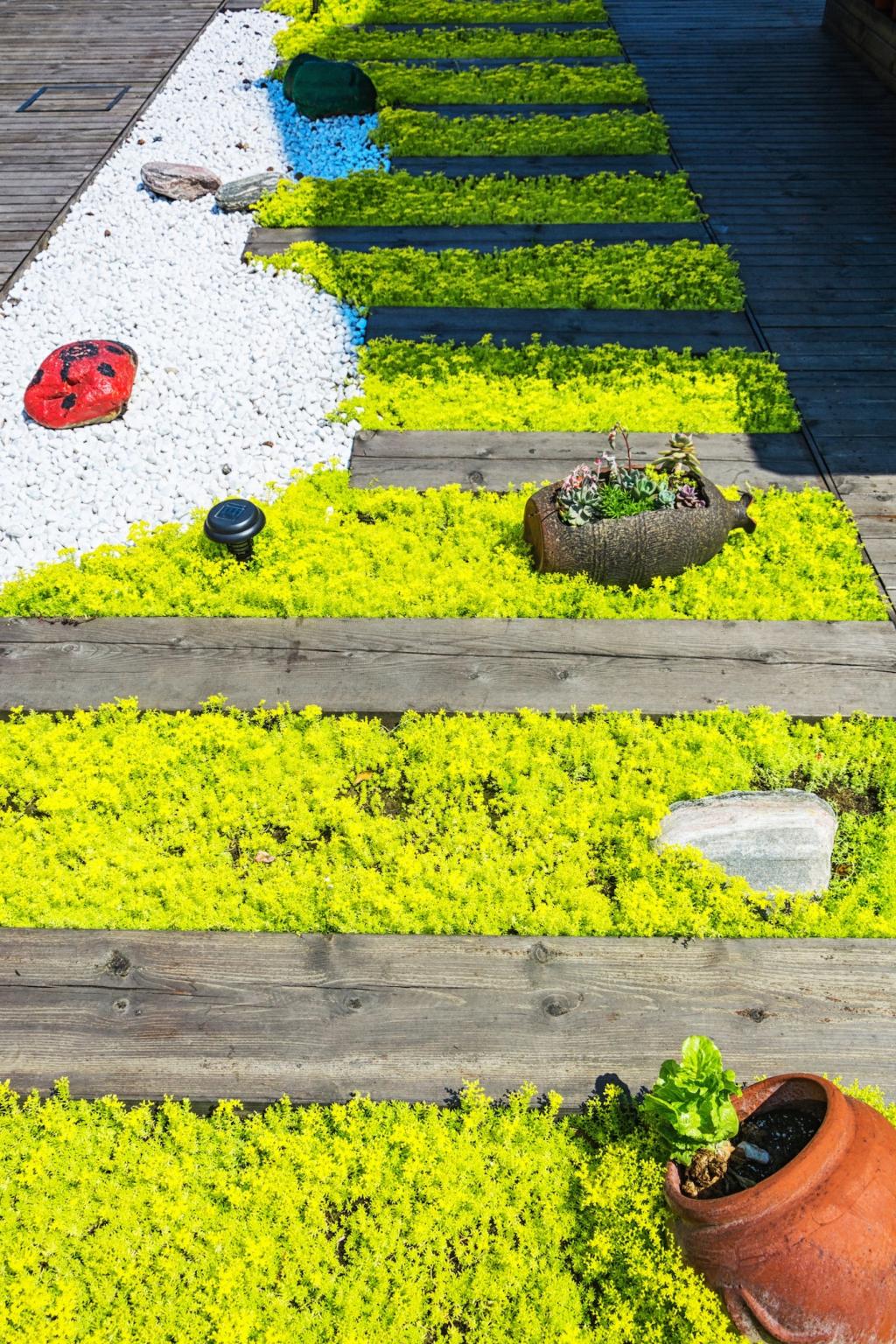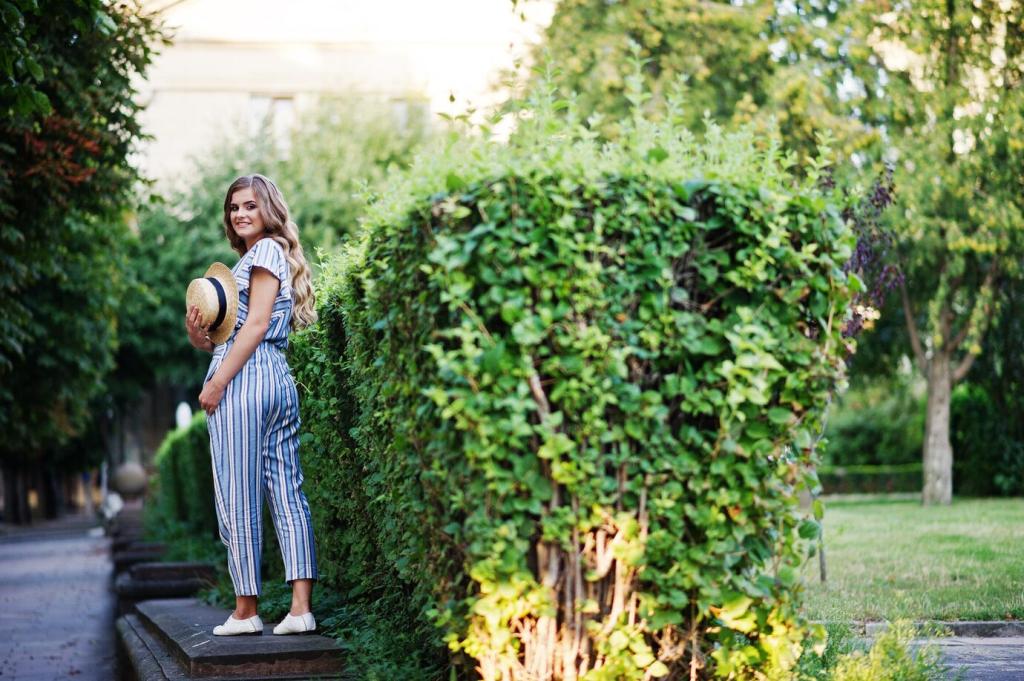Plan First: Layered, Low-Impact Design
Walk your evening routes and note steps, roots, gates, and seating. Low-level, shielded path lights and subtle step markers usually suffice. Consider motion at entries and leave quiet corners dark. A simple pencil map will keep your design purposeful and prevent overlighting.
Plan First: Layered, Low-Impact Design
Choose fully shielded fixtures aimed downward, keep color temperature around 2700K, and avoid excessive lumens. Use timers or astronomical clocks to set a curfew after bedtime. Fewer, better-placed lights beat bright flooding. Pledge to see more stars from your garden this season.






